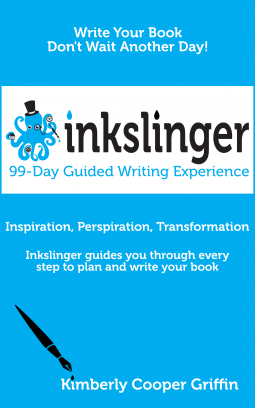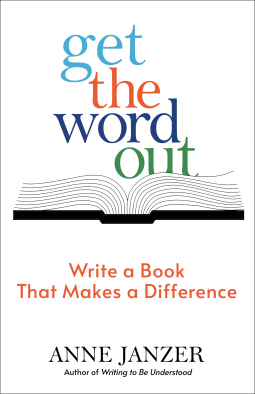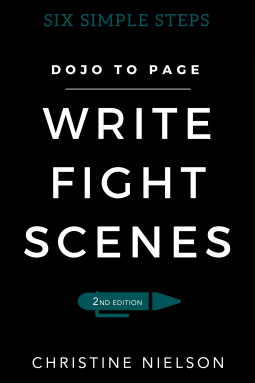
Literature
Literary Scene: Three books to help you tell YOUR own stories
By Ryan G. Van Cleave

January 2021 —
Inkslinger:
99-Day Guided Writing Experience
By Kimberly Cooper Griffin
Written by an award-winning romance writer, Inkslinger is set up like a writing workshop. I think many people enjoy having a sense of the scope of their endeavor, and learning to write a novel feels like it can take a long time. The promise this book makes is that you can follow this “guided writing experience” and write a 50,000-word novel in less than 100 days.
Part I covers a lot of the basics, with each chapter being about two pages long and dealing with the fundamentals of writing (creating setting, developing characters, etc.). Part II is where the magic happens, with a lot of questionnaires and worksheets (digital copies are available for free, too) that get you writing the actual manuscript pages. It even has a calendar that blocks out the days so you can visualize the task at hand.
If you gave NaNoWriMo (National Novel Writing Month) a shot this past November and had a hard time, this is the type of book that might be the solution.
It’s possible that some might feel this book is overly streamlined, but if you need structure and guidance, this book is designed to help you out. I especially like that the 99-day sequence ends in celebration. Writers should ALWAYS take the time to value the hard work they’ve done.
Ryan’s Rating: 4 Out of 5
www.kimberlycoopergriffin.com

Get the Word Out:
Write Books that Make a Difference
By Anne Janzer
There’s something inviting about the introduction of Get the Word Out where Janzer writes: “Many of us live on the cusp of doing something meaningful, without ever taking action. We wait or deflect responsibility, assuming that someone more expert than us will speak up. You’re reading this book because you don’t want to wait any longer.”
That’s it then. This book is about empowering those people to tell the powerful, necessary stories already within them. The key, Janzer says, is tapping into your sense of purpose and embracing what she calls “servant authorship,” meaning that an author truly commits to serving the needs of the reader. This “sense of purpose gives you a guidepost for making difficult decisions, like what to include and what to leave out.”
Unlike some writing how-to books, she addresses the idea of how to build a community and work with publishers. That’s a welcome change from so many other books.
I’m also a fan of books that have a simple, clear format to them, and this one does, with four distinct parts—The Difference You Make, Make Your Plan, Get the Words Out, and Spread the Word. The text, too, has a lot of subheaders and bulleted lists to help guide readers through the concrete advice, tips, and anecdotes.
Ultimately, it’s an accessible book that might be just what you need to move you ahead on your own story journey.
Ryan’s Rating: 4 Out of 5
www.annejanzer.com

Write Fight Scenes: Six Simple Steps to Action Sequences That Will Wow Your Readers
By Christine Nielson
Writing craft books that purport to have a specific focus often fail on one of two fronts–they end up being general how-to books with that focus tacked on in a small, unhelpful way, or they go so deep into that focus that they lose the average reader. This book, however, suffers from a third option. It’s simply too short to give the level of specificity most writers yearn for.
Make no mistake, she knows her stuff—Nielson has a second-degree black belt in Shotokan karate and has instructed students for sixteen years. But as a writer who wants to create more authentic fight scenes, reading a chapter called “Anatomy” that asks me to “go online or through some old human anatomy books and find a diagram of the body that clicks for you” isn’t the solution I wanted. Neither is a list of verbs Nielson likes to use in her own fight scenes (it’s only thirty-five words long).
That’s not to say this book misses the mark entirely. I’m quite charmed when Nielson explains sequencing fights by asking you to bring out gummy bears and set up your scenes of action and reaction in a cardboard box landscape. That sounds fun. More of that, please!
To be fair, this book is far cheaper ($7.99 print/$2.99 kindle) than most writing how-to books. But I simply was left wanting more. It’s maybe a fine start to a larger conversation, however.
Ryan’s Rating: 3.5 out of 5
www.queensandcrows.com



You must be logged in to post a comment Login